Torii gate – old Takayama town
Walking down the street in old Takayama town, we passed through the Torii (gate) Hie-jinja, up a few flights of steps to reach the entrance gate to the Shinto Sakurayama Hachimangu Shrine at the top of the hill. The shrine sits against a background of dark green forest trees. Takayama is a large timber producing and distribution center in the Gifu Province.
Legend of the Sakurayama Hachimangu Shrine
The origins of the shrine date back to the time of Emperor Nintoku (413-439) when according to legend, a monster with two heads, four arms and four legs controlled Hida. Emperor Nintoku sent Prince Takefurukuma-no-mikoto from the Imperial Court to subjugate the monster known as Ryoumen Sukuna. The Prince enshrined his father, Emperor Ojin, as the sanctuary deity, and prayed for the success of his mission before undertaking the onerous task presented to him by the Emperor.
‘Komainu’ or ‘Lion Dogs’
The Sakurayama Hachiman shrine has a pair of stone ‘Komainu’ or ‘lion dogs’ guarding the entrance to the inner shrine. The ‘lion dogs’ date from the Edo period (1603-1868) and can be found guarding the entrance to many Japanese Shinto Shrines. Notice how beautifully the dark grey tiled roof, the soft grey marbling of the lion dogs, stone walls, stairs, lanterns and leafless trees enhance the warm timber tones of the Shrine.
Shrine established for protection of Takayama Castle town under Lord Kanamori
In 1683, the shine was rebuilt/enlarged under the patronage of Lord Kanamori. The Shrine officially established for protection of the northern half of old Takayama Castle town. The Kanamori family built a castle and merchant district and ruled for 107 years. Lord Kanamori encouraged traditional arts and crafts such as lacquer-ware, woodwork, pottery and the Japanese tea ceremony. The arts and crafts flourished under the Kanamori patronage. Their rule ended when the Tokugawa Shogunate relocated the Kanamori Clan to the Tohoku region. The site of Takayama castle (destroyed in 1695) now a designated prefectural historical landmark is the area now known as Shiroyama Park.
Sakurayama Hachiman Shrine
It is a beautiful old shrine with huge timber beams burnished to a soft copper-like sheen, highlighted by gold decoration. The timber entrance doors leading to the interior of Sakurayama Hachiman Shrine bear the emblem of the Kanamori clan. Behind these doors lie a quiet peaceful retreat. The carpentry skills of the Takayama craftsmen once again in evidence at this shrine.
Today the Sakurayama Hachiman shrine has over 1,500,000 visitors annually.
Hachiman temple district walking course
The Hachiman temple district has a 3-5 km walking course. Along this course there are 13 temples, five shrines and a hilltop park. If you enjoy walking in a quite tranquil forest, this is for you.
Farmers Market and Sanno-machi Historic District
Tomorrow we visit the Farmers Market along the river bank and will have more time to look at traditional buildings in the Sanno-machi Historic District. The atmosphere and ambiance of the traditional houses and streets, the soft green of the timber forest surrounding Takayama, seem to grow on one in this delightful city in the Gifu Province of Japan.
Related Posts:
- Sensoji-Asakusa Kannon Temple
- The Kabuki Theatre
- Half Day Tokyo Tour
- Tokyo Japan travel to Nikko
- Toshogu Shrine Japan
- Nikko-Lake chuzenji & Kegon Waterfall|Tokyo-Japan-travel
- Mt-fuji-lake-ashi-komagatake-ropeway-japan
- What is an Irori,what is a jizai kagi Takayama gifu province Japan
- Takayama festival floats-matsuri festivals-gifu province japan
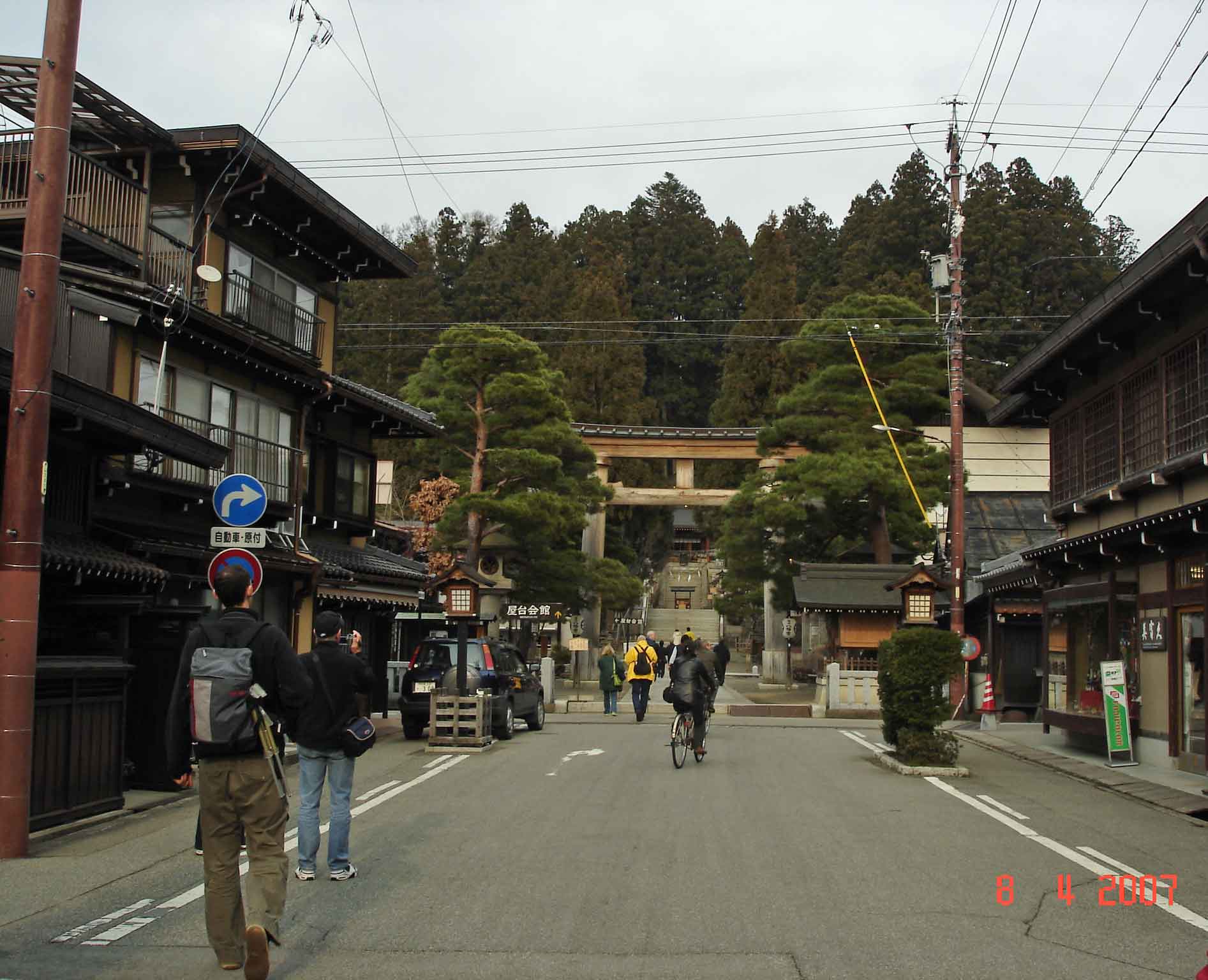
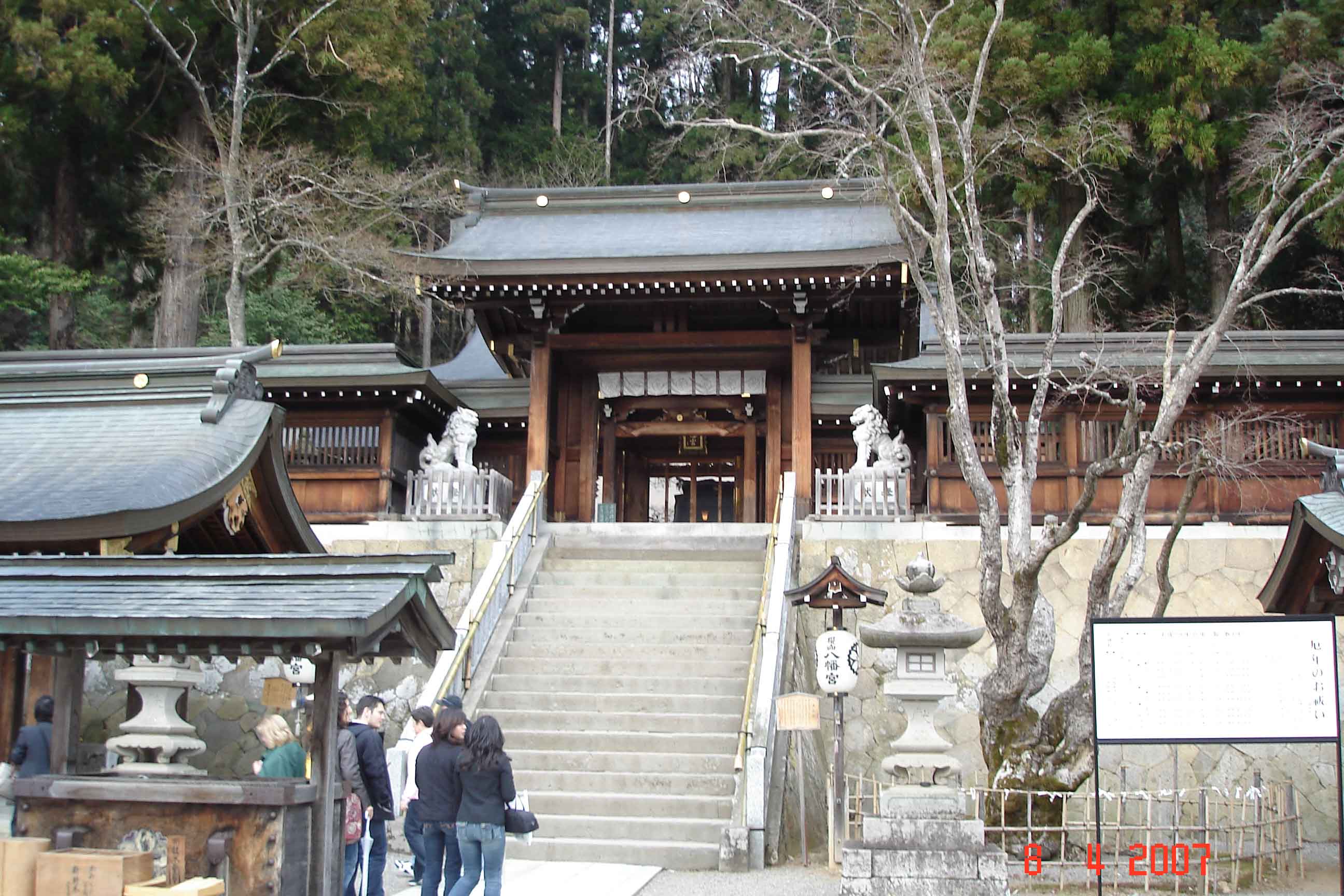
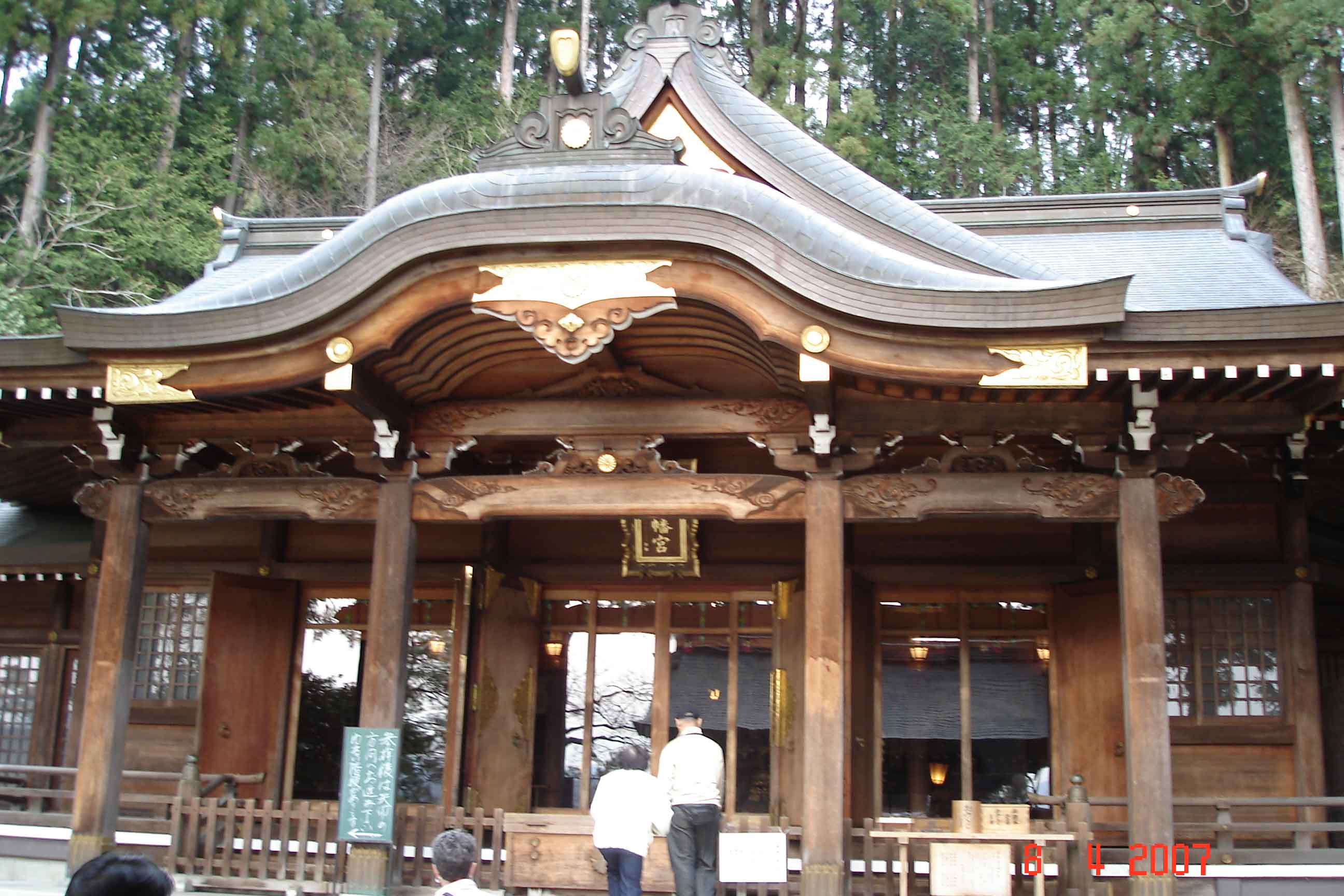
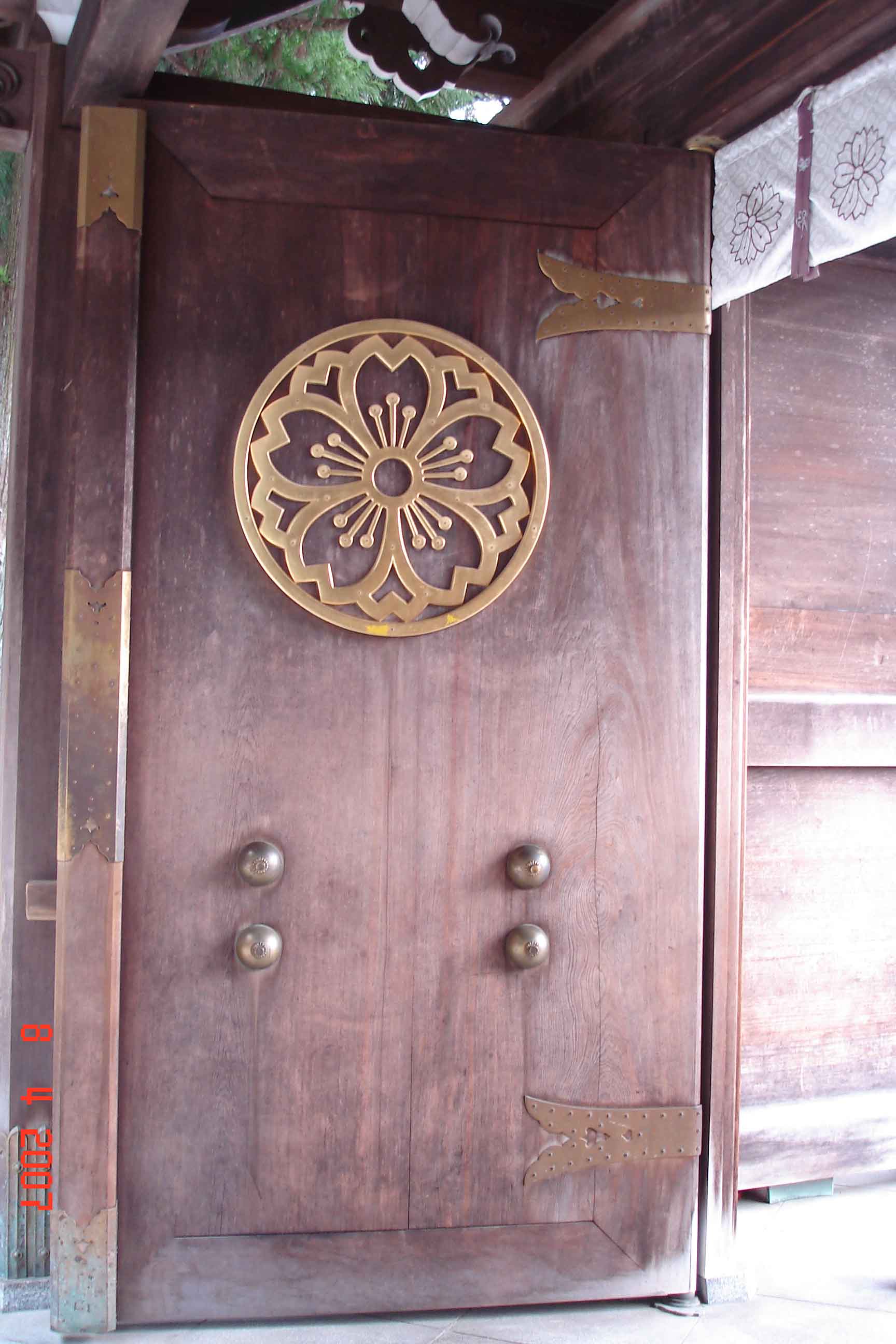
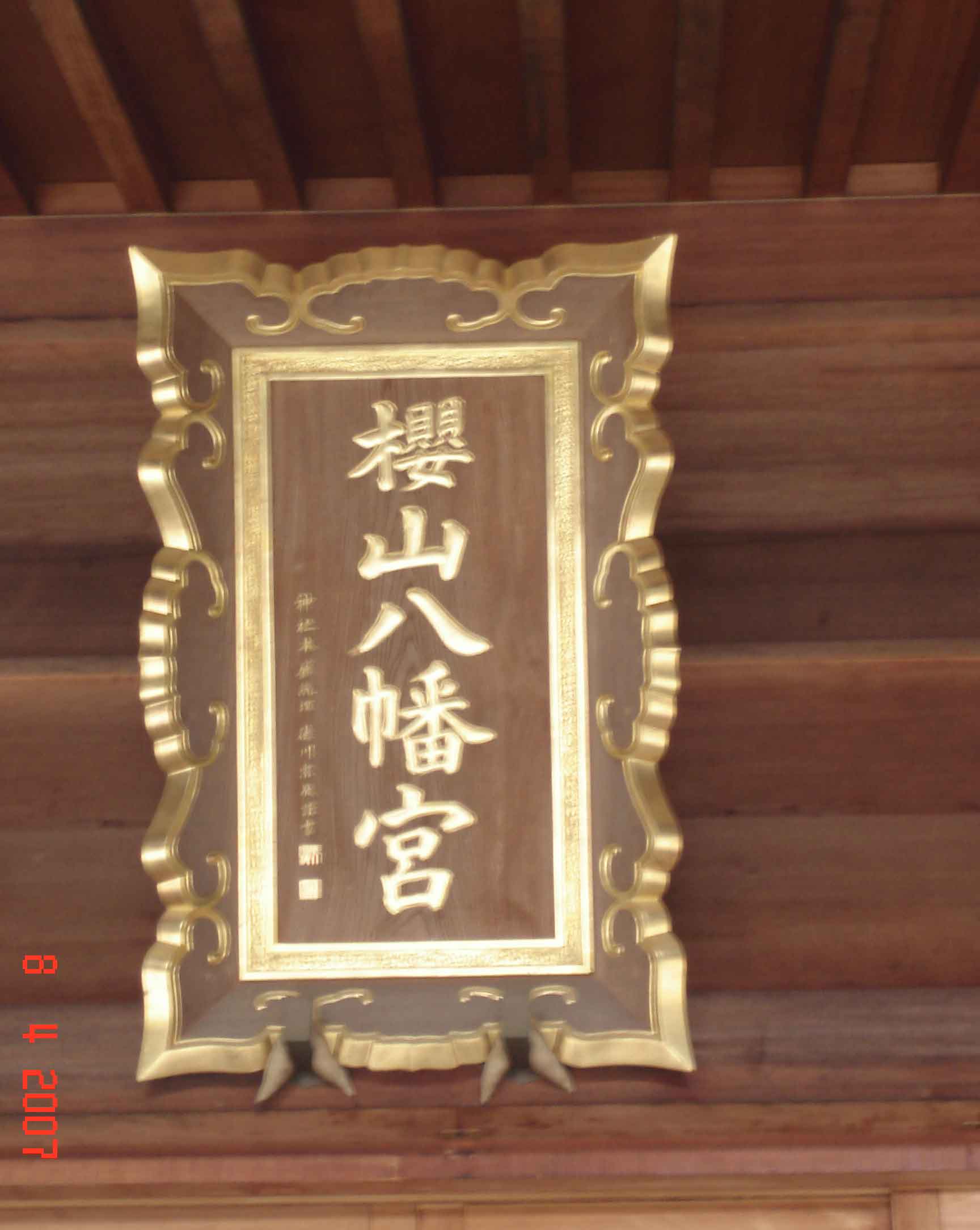
Speak Your Mind